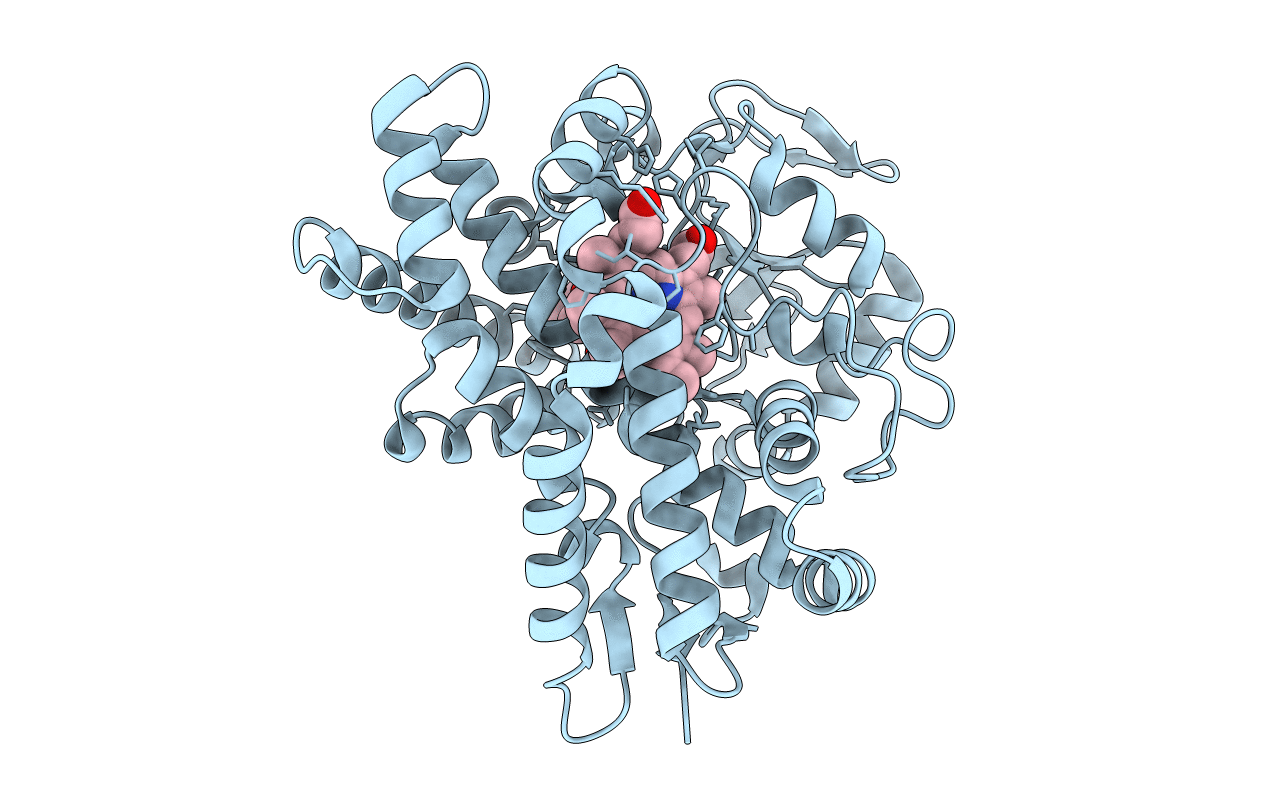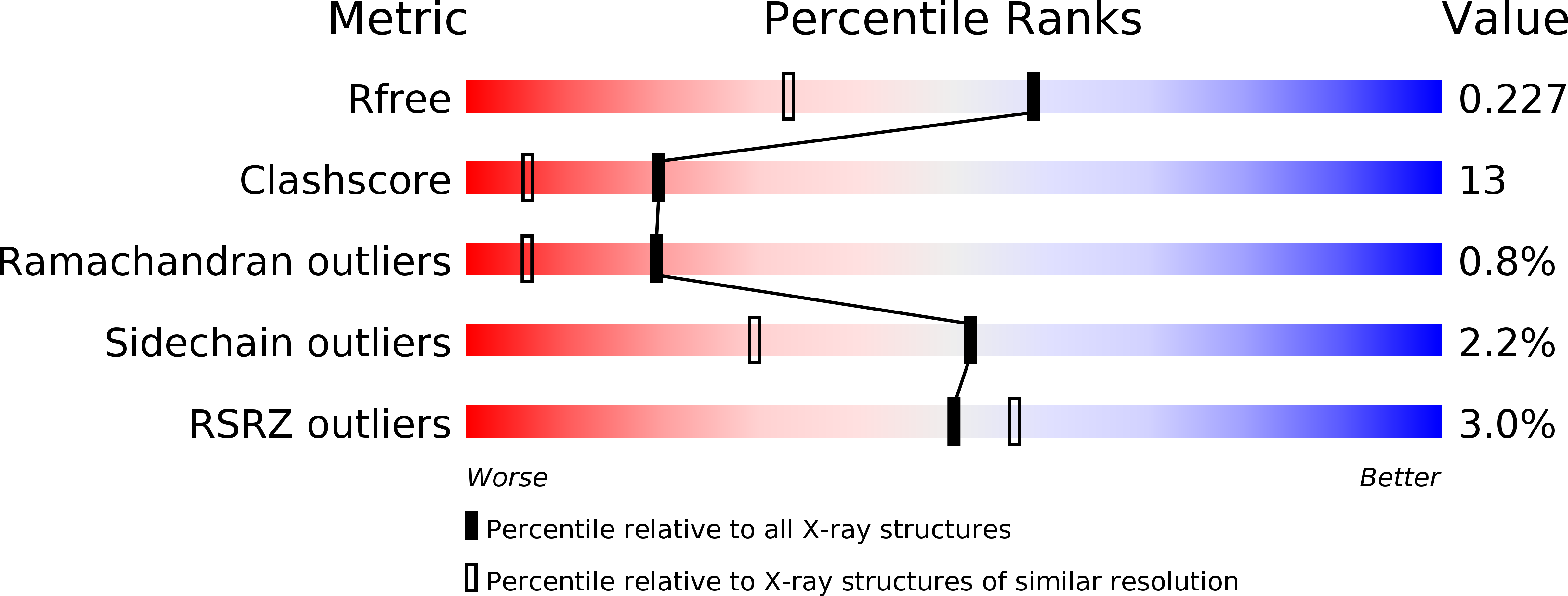
Deposition Date
2005-11-29
Release Date
2006-07-03
Last Version Date
2023-12-13
Entry Detail
PDB ID:
2C7X
Keywords:
Title:
Crystal structure of narbomycin-bound cytochrome P450 PikC (CYP107L1)
Biological Source:
Source Organism:
STREPTOMYCES VENEZUELAE (Taxon ID: 54571)
Host Organism:
Method Details:
Experimental Method:
Resolution:
1.75 Å
R-Value Free:
0.23
R-Value Work:
0.20
R-Value Observed:
0.20
Space Group:
P 21 21 21


